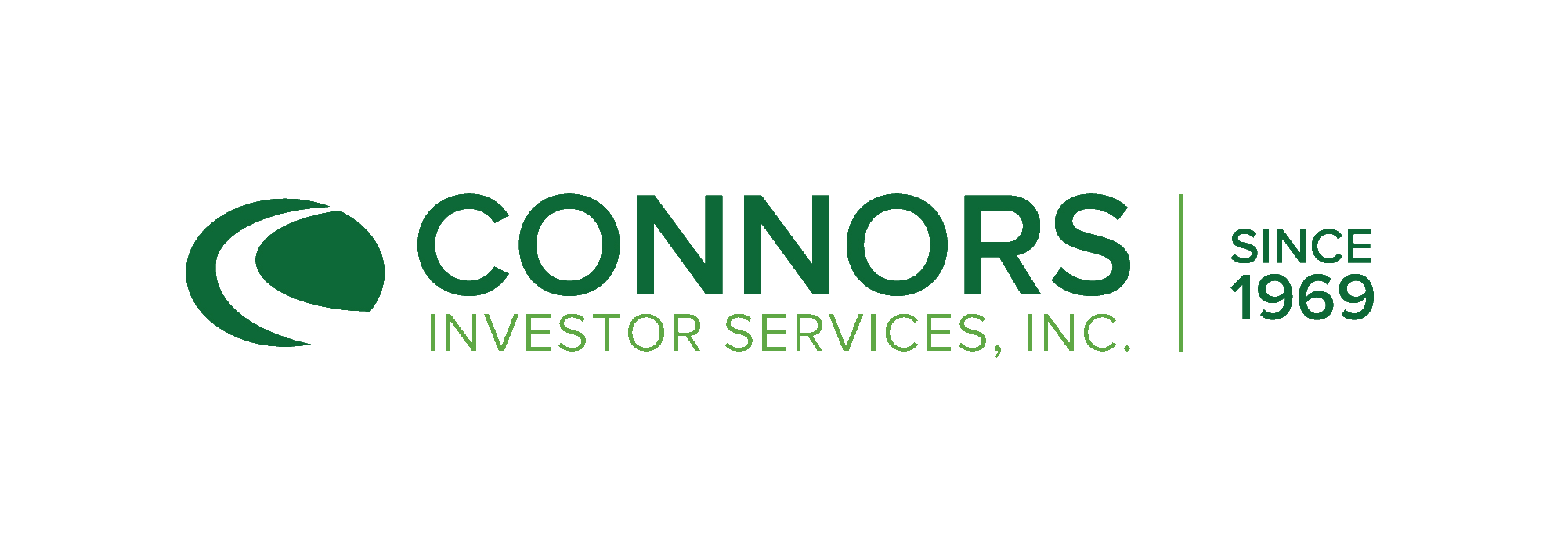2024 Q4 Income and Growth Commentary
by Robert Cagliola, CFA and Robert Hahn, CFA, on January 28, 2025
Market Commentary
“To be, or not to be, that is the question” is from William Shakespeare’s Hamlet. In the scene, Prince Hamlet contemplates the pain and unfairness of life versus the alternative. Following a positive albeit bumpy fourth quarter, the quote sums up investor concerns as it relates to the potential for further rate cuts by the Federal Reserve. The quarter began with the S&P 500® trading off nearly 1% in October as 10-yr Treasury rates spiked by nearly 50 bp for the month as investor concerns grew about inflation’s stickiness and the reduced likelihood of additional near-term rate cuts. The market jumped 5.7% in November following the election as investors factored in a more business friendly administration. Returns were concentrated with much of the gains coming from the Magnificent 7 and other companies expected to benefit from a more favorable regulatory environment. The roller coaster continued In December as the quarter ended with the S&P 500® down 2.5% for the month following more hawkish language by the Federal Reserve. This change in language was undoubtedly impacted by November economic data, including non-farm payrolls, which came in better than expected at 227,000, and inflation, as measured by the CPI, which accelerated to 2.7% y/y, with the core CPI at 3.3% y/y. The yield curve further steepened with the 2/10 Treasury curve, ending the quarter at +33 bp. In addition to inflationary concerns, investors are also weighing the potential for lower taxes and more deregulation against the possible inflationary impact from tariffs and more stringent immigration policy.
After setting all-time highs in early December, the market experienced a slight pullback following more hawkish commentary from the Federal Reserve at the December meeting. The expected number of rate cuts in 2025 dropped from 100 bp to 50 bp as a result. The yield on the 10-yr treasury increased by nearly 80 bp during the quarter, which weighed on interest rate sensitive sectors, including Materials (-12.8%). Real Estate (-8.8%) and Utilities (-6.2%). Other underperforming sectors include Healthcare (-10.7%), which was negatively impacted by concerns over government pressure on health insurance and prescription drug pricing; Consumer Staples (-3.8%), which have difficult comparisons following price increases last year, Energy (-3.2%) and Industrials (-2.7%). Outperformers during the quarter included Consumer Discretionary (+14.1%), Comm Services +(8.6%), and Technology (+4.7%). We believe that the market could broaden again following better clarity on tariffs and immigration.
Portfolio Equity Positioning
The portfolio sector weightings through the 4th quarter were consistent with our views throughout 2024 of maintaining secular growth exposure while also maintaining and/or increasing weights to cyclical recovery opportunities. As such, additional investments were made within Financials, Industrials, and Discretionary sectors to participate in emerging themes such as AI adopters/enablers, Electrification, US re-shoring, and merger and acquisition revival. Two of our best performers for the year, Eaton Corp (ETN) and Quanta Services (PWR), are companies that are benefitting from the build out of power infrastructure for the electric grid and on site projects. Both companies, in the latest quarter reported record earnings, margins, and order backlogs with no slowdown in sight as demand for their products is accelerating. Two additional top performers are AI enablers showing accelerating demand. These include ServiceNow (NOW) and Oracle (ORCL). NOW is providing AI-driven solutions through its Now Assist product, which is the fastest growing product in the company’s portfolio and speaks to the significant market opportunity for AI solutions. ORCL provides AI capabilities through its cloud infrastructure allowing for AI workloads to ramp and thus driving record revenue. Morgan Stanley contributed solid outperformance for the year, showing significant revenue and record eps growth. In addition to its growing current business in institutional trading and wealth and asset management, a resurgent M&A market looks to be a solid tailwind, given the new administration’s less restrictive policies with corporate mergers. On a sector level, the portfolio’s best performance came from our Financials, Industrials, and Healthcare sectors with our worst performance posted by our Energy sector.
Outlook
Following two years of 20%+ returns for the market, we see the potential for a market pullback and greater volatility in the first half of the year particularly if 10-year Treasury rates continue to move up near 5%. That said, we believe there could be further upside in the market if inflation resumes a downward trajectory and the Fed continues with rate cuts. We believe further upside will be driven by earnings growth given the current market multiple, which could continue to surprise to the upside if economic growth continues. We believe that cyclical sectors, including Financials, could do very well in 2025, given the steepening of the yield curve and the potential for increased investment banking and M&A. We continue to manage a diversified portfolio that includes both secular growers and value stocks. We will look to take advantage of any pullbacks to add to under-valued stocks and will trim over-extended positions.
Important Disclosures
Please remember that past performance may not be indicative of future results. Different types of investments involve varying degrees of risk, and there can be no assurance that the future performance of any specific investment, investment strategy, or product (including the investments and/or investment strategies recommended or undertaken by Connors Investor Services, Inc. “Connors”), or any non-investment related content made reference to directly or indirectly in this commentary will be profitable, equal any corresponding indicated historical performance level(s), be suitable for your portfolio or individual situation, or prove successful. Due to various factors, including changing market conditions and/or applicable laws, the content may no longer be reflective of current opinions or positions. Moreover, you should not assume that any discussion or information contained in this commentary serves as the receipt of, or as a substitute for, personalized investment advice from Connors. Please remember to contact Connors in writing if there are any changes in your personal/financial situation or investment objectives for the purpose of reviewing/evaluating/revising our previous recommendations and/or services or if you would like to impose, add, or modify any reasonable restrictions to our investment advisory services. Unless and until you notify us in writing, to the contrary, we shall continue to provide services as we do currently. Connors is neither a law firm nor a certified public accounting firm, and no portion of the commentary content should be construed as legal or accounting advice. A copy of the Connors’ current written disclosure Brochure discussing our advisory services and fees continues to remain available upon request. Historical performance results for investment indices, benchmarks, and/or categories have been provided for general informational/comparison purposes only and generally do not reflect the deduction of transaction and/or custodial charges, the deduction of an investment management fee, nor the impact of taxes, the incurrence of which would have the effect of decreasing historical performance results. It should not be assumed that your Connors account holdings correspond directly to any comparative indices or categories. Please Also Note: (1) performance results do not reflect the impact of taxes; (2) comparative benchmarks/indices may be more or less volatile than your Connors accounts; and (3) a description of each comparative benchmark/index is available upon request.






